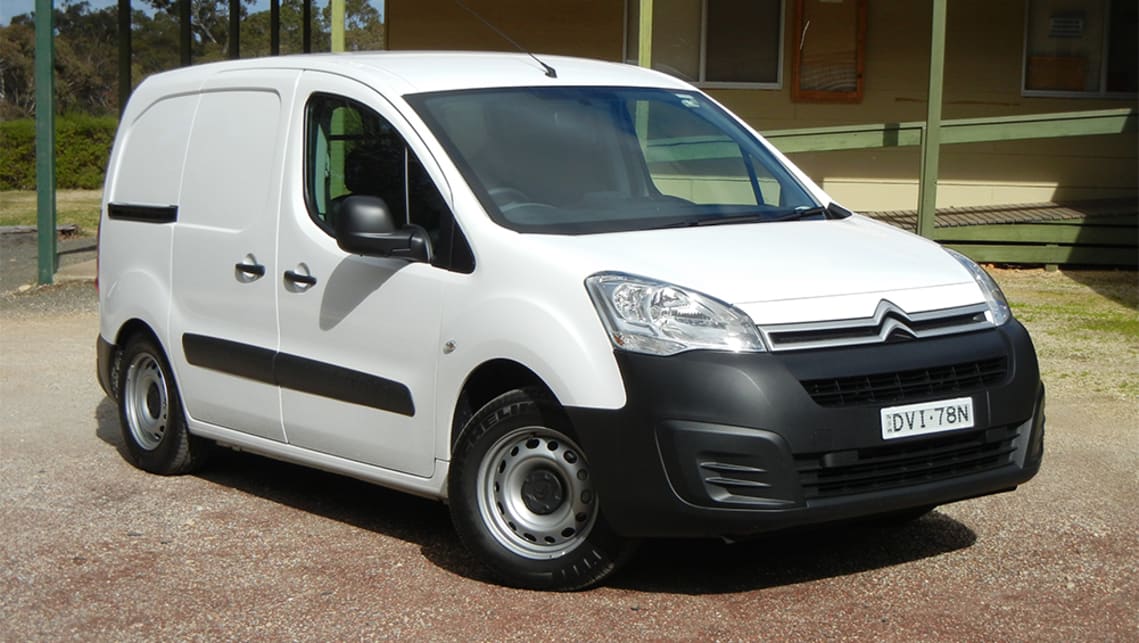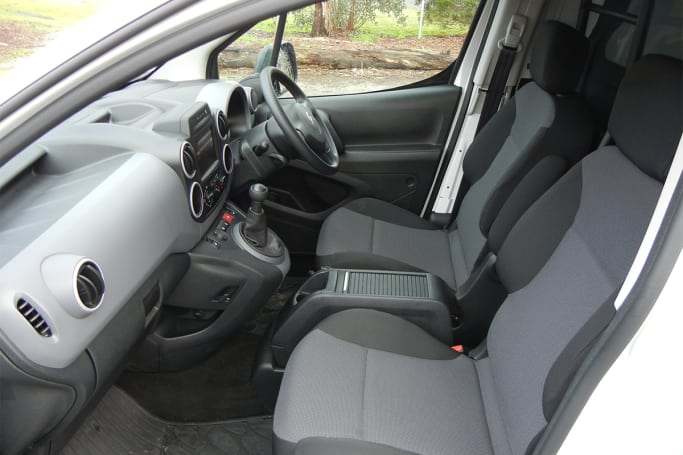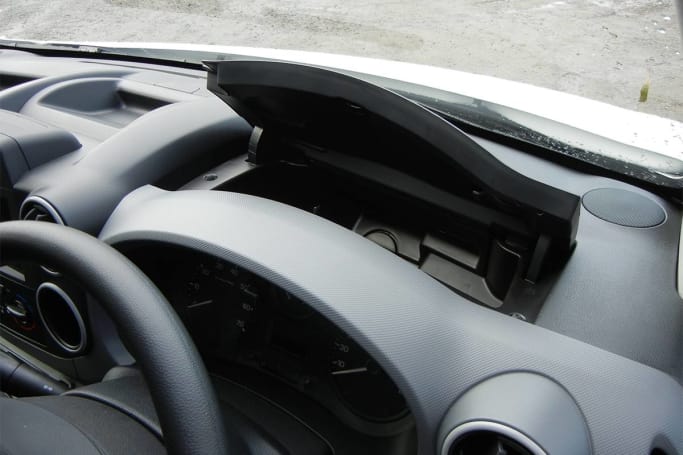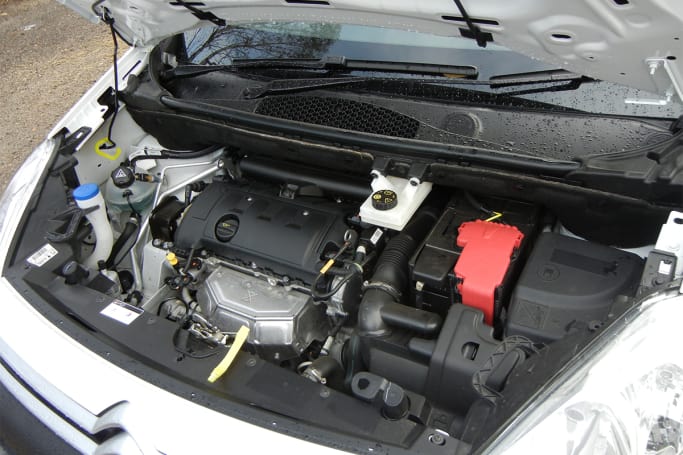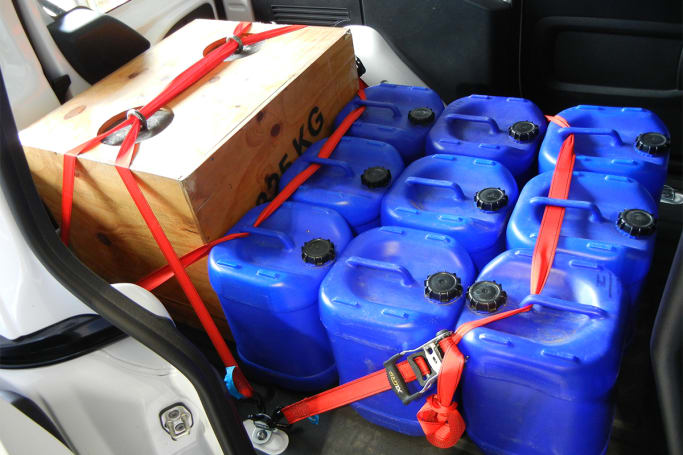The Citroen Berlingo range comprises three models; the L1 Short Body Manual, L2 Long Body Manual and L2 Long Body Semi-Automatic.
Our test vehicle was the L1 Short Body Manual (aka M Confort VTi), which, with a 1.6-litre petrol engine and five-speed manual gearbox, is normally $22,990. This compares favourably with the Kangoo L1 SWB (1.2-litre petrol/six-speed manual) at $23,990, and is a huge 24 per cent saving over the Caddy TSI220 SWB (1.4-litre petrol/seven-speed dual-clutch auto) at $30,390.
However, the Berlingo’s run-out price is now a bargain basement $19,990 drive-away, so you’ll save even more up front, plus be eligible for an immediate tax deduction if you're a business owner.
Given it’s a commercial van, our Berlingo came with all the usual visual cues of a hard worker, like the solid white body colour with contrasting black bumpers, door mirrors, handles and side rubbing strips, plus black hub caps inside 15-inch steel wheels with 195/65 R15 Michelin tyres and a matching spare. However, the cabin does at least get floor carpet.
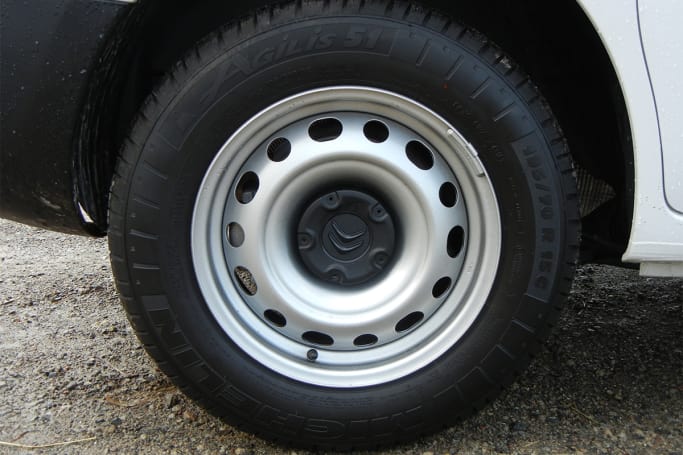
Its standard equipment list includes useful stuff like a rear-view camera and rear parking sensors (essential in any van with solid side doors), guide-me-home headlights, height/reach adjustable steering wheel, RDS stereo sound system with a 7.0-inch touchscreen and multiple connectivity options (including Apple CarPlay, Android Auto and Bluetooth), cruise control with adjustable speed limiter, one-touch electric front windows and more.


